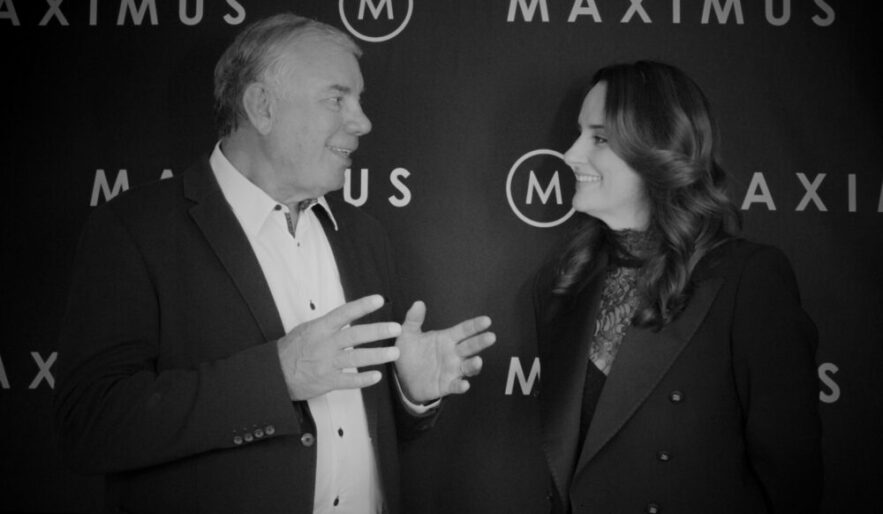Of all the decisions a CEO makes, ensuring the right people are successfully recruited, retained and rewarded has the most impact on business growth. Unfortunately, it’s getting harder to find those people.
4 out of 10 Australian companies report difficulties with sourcing skilled, experienced employees thanks to a talent shortage that’s replicated around the world.
In some sectors, it’s an employee’s market—those with expertise that is highly sought-after can afford to be picky about who they work for.
COMPETITIVE MARKETPLACE
In such a competitive marketplace, it’s no longer enough to rely on relationships, gut feelings and suppositions for good talent management. Instead, it could be recommended that CEOs harness the power of people analytics to understand exactly where their company stands in the talent marketplace so they can improve their employment brand.
That’s what some of the world’s most successful companies are doing. Yet CEOs are wary, even though it’s never been easier for talent managers to get the insights they need to improve HR innovation, forecasting and risk management. In just the past year, there’s been a quantum leap in the sophistication of human capital analytics tools and in-house HR is the hot new place to work for analysts, statisticians and psychologists.
PEOPLE ANALYTICS
The gold standard is Google. Since introducing its people analytics function—which reports directly to the company’s Vice President—Google has used it to drive every talent-related decision, transforming business.
5 WAYS GOOGLE USES DATA INSIGHT
- To improve retention
- To make workforce planning more accurate
- To determine what makes sales people high performers
- To streamline their hiring process
- To identify successful management behaviours and much more
These changes have helped to make Google so successful that every employee now generates around $1 million in revenue per year.
What CEO doesn’t want that?
BETTER BUSINESS DECISIONS
Nonetheless, it’s clear that some leaders still don’t see the connection between human capital insights and making better business decisions. Perhaps that’s because HR is traditionally about relationships, not science. However, we’re not living in traditional times.
If you’re an HR leader who thinks human capital analytics is essential for your organisation to remain competitive, present your CEO with a fact-based business case for investment. Focus on why having the best people is essential, prove how competitive the employment market is, and make it clear how data insights will help your team to perform better.
If you’re a CEO, to listen to your HR leader. It’s not suggested that analytics alone should be how people are managed. However, it seems strange that executives who won’t make a single decision about manufacturing, R&D or supply chain without multiple bar charts and projections are reluctant to apply the same rigour and discipline to the most important function of all—talent management.
This article was originally published for CEO Magazine
READ THE ORIGINAL ARTICLE HERE







